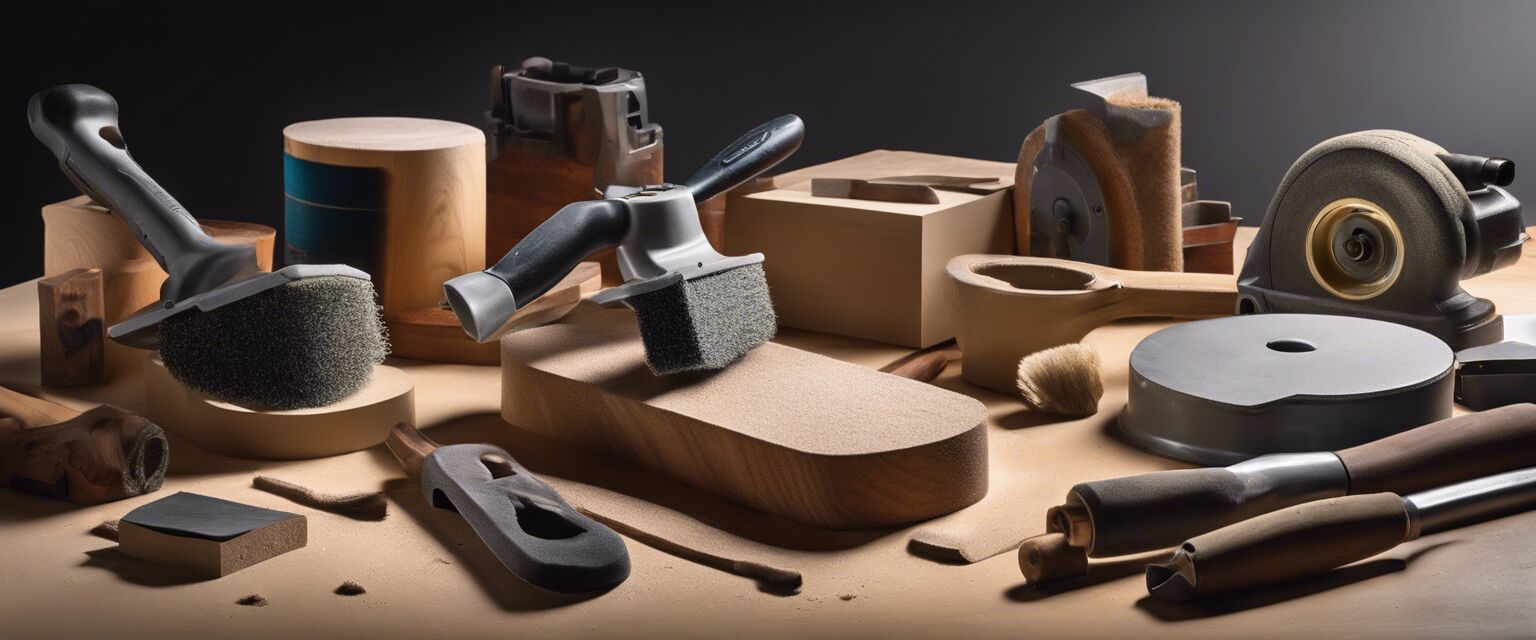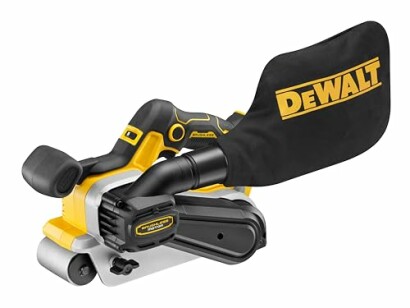
Sanding Techniques for Different Surfaces
Key Takeaways
- Different surfaces require unique sanding techniques.
- Choosing the right sandpaper grit is crucial for achieving optimal results.
- Safety precautions should always be taken when sanding.
- Properly maintaining your sanding tools enhances performance.
Sanding is an essential skill for various projects, whether you're a contractor or a DIY enthusiast. Understanding the right techniques for different surfaces can dramatically improve your work's efficiency and outcome. In this guide, we'll cover effective sanding methods for wood, metal, and drywall, ensuring you achieve the best results possible.
1. Sanding Wood
Wood is one of the most common materials that require sanding. Here are effective techniques for sanding wood surfaces:
- Select the right grit: Start with a coarser grit (around 80) for rough surfaces, then progress to finer grits (120-220) for a smooth finish.
- Follow the grain: Always sand in the direction of the wood grain to avoid scratches.
- Use even pressure: Apply consistent pressure to avoid uneven surfaces.
- Sand edges carefully: Use a sanding block or a detail sander for edges and corners to avoid damaging the surface.
Wood Sanding Tools
Here’s a quick comparison of common sanding tools used for wood:
| Tool | Features | Best For |
|---|---|---|
| Orbital Sander | Rotating disc motion, lightweight | General sanding tasks |
| Belt Sander | Continuous sanding belt, powerful | Removing material quickly |
| Detail Sander | Pointed tip for tight areas | Fine detailing work |
DEWALT DCW220 18v XR Cordless Belt Sander No Batteries
With a belt speed of 320m/min and a lightweight design, this cordless belt sander is perfect for achieving smooth finishes on wood surfaces.
Learn More2. Sanding Metal
Sanding metal surfaces requires precision and the right tools. Here are essential techniques:
- Choose the appropriate abrasive: Use aluminum oxide or ceramic sanding discs for metal surfaces.
- Adjust speed: Use a slower speed setting on your sander to avoid overheating the metal.
- Keep the surface clean: Remove dust and debris after each sanding to prevent scratching.
Metal Sanding Tools
Here's a table comparing metal sanding tools:
| Tool | Features | Best For |
|---|---|---|
| Angle Grinder | High speed, versatile | Heavy material removal |
| Disc Sander | Flat surface capability | Large flat areas |
| Belt Sander | Ideal for shaping | Surface preparation |
3. Sanding Drywall
When sanding drywall, it's important to keep dust to a minimum and achieve a smooth finish. Here are some techniques:
- Use a pole sander: This helps reach high areas easily.
- Apply even pressure: Light pressure prevents damage to the drywall surface.
- Utilize sanding sponge: For corners and edges, a sanding sponge can be more effective.
Drywall Sanding Tools
Check out the following tools suitable for sanding drywall:
| Tool | Features | Best For |
|---|---|---|
| Drywall Sander | Dust collection feature, adjustable length | Walls and ceilings |
| Sanding Block | Hand-held, easy to control | Small patches and corners |
| Sanding Sponge | Flexible, conforms to surfaces | Curved edges and corners |
Safety Tips When Sanding
Always prioritize safety while sanding. Here are some crucial tips to remember:
- Wear a dust mask to avoid inhaling particles.
- Use goggles to protect your eyes from dust and debris.
- Ensure your workspace is well-ventilated.
- Keep a fire extinguisher nearby when sanding materials that may create sparks.
Conclusion
Mastering sanding techniques for various surfaces is key to achieving quality finishes in your projects. Whether you're working with wood, metal, or drywall, using the right techniques and tools will help you achieve the best results. Don’t forget to stay safe and enjoy your sanding!
For more information on using power tools effectively, visit our How-To Guides section, or check out the articles on Battery-Powered Sanders and Impact Drivers.

